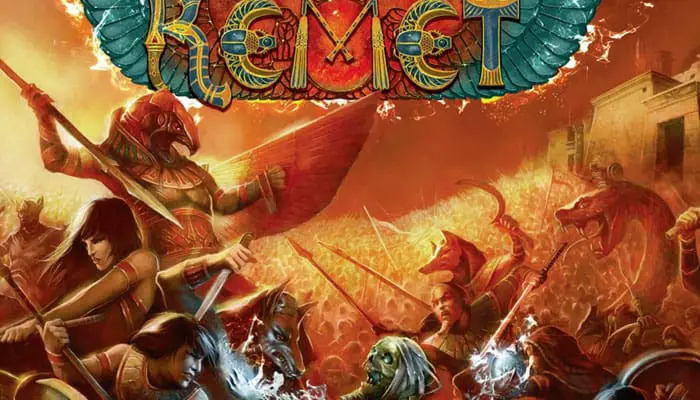
The game of Samurai allows you to take the role of a daimyo just beginning ascent to power. Travel back to a Japan being torn asunder by warring clans. Prove you have the wisdom to garner the esteem of the samurai and you will unite a nation.
During a game of Samurai, players compete over the three societal castes of Japan: religion (represented by Buddha), commerce (represented by rice), and military (represented by a castle).
Players place tiles on the game board to influence settlement spaces and capture the various caste pieces on those spaces. The player capturing the most pieces of a particular caste becomes the leader of that caste. At the end of the game, the player who is the leader of the most castes wins the game. …






























